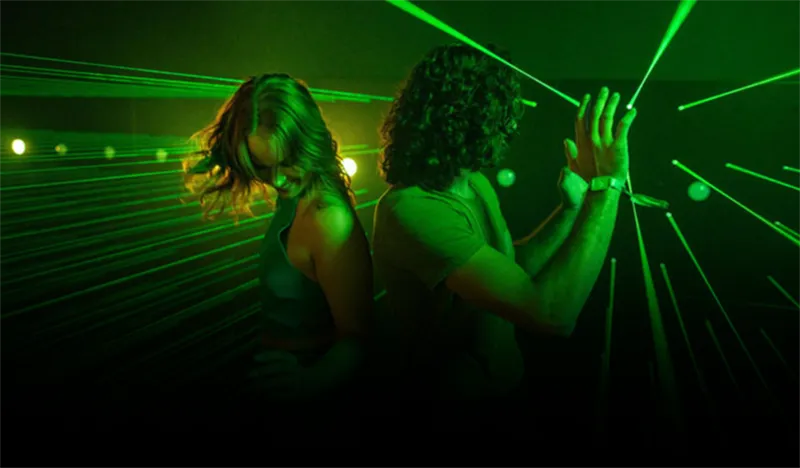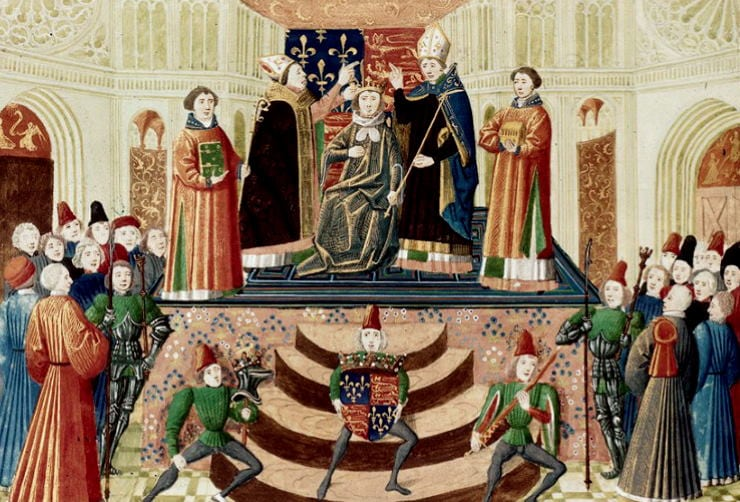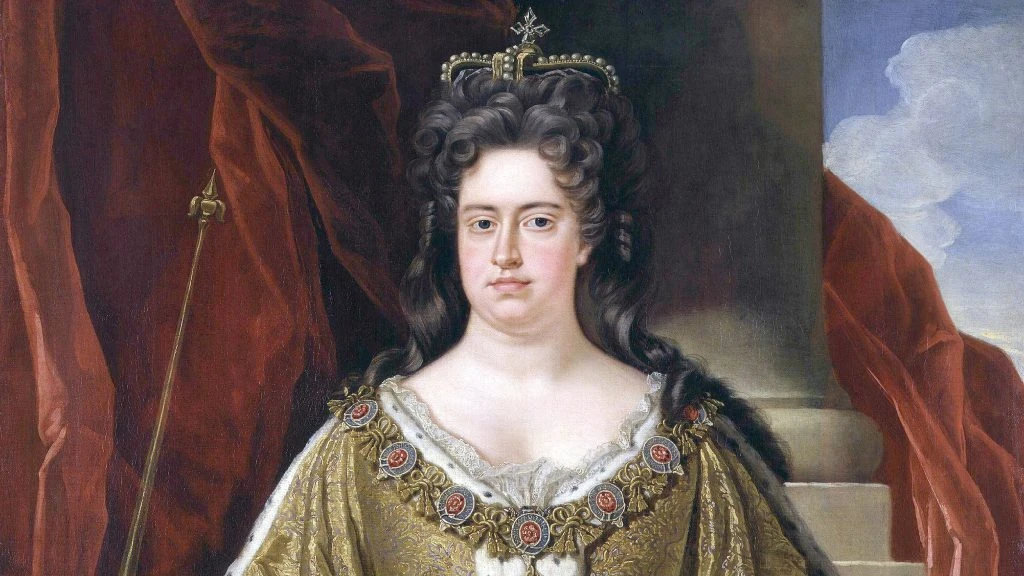5
minute read
From the solemn procession to the grandeur of the ceremony, British Coronations are synonymous with pomp and circumstance. Yet, behind the meticulously planned events, there have been moments of absurdity and hilarity that have caused even the most stoic monarchs and their subjects to crack a smile.
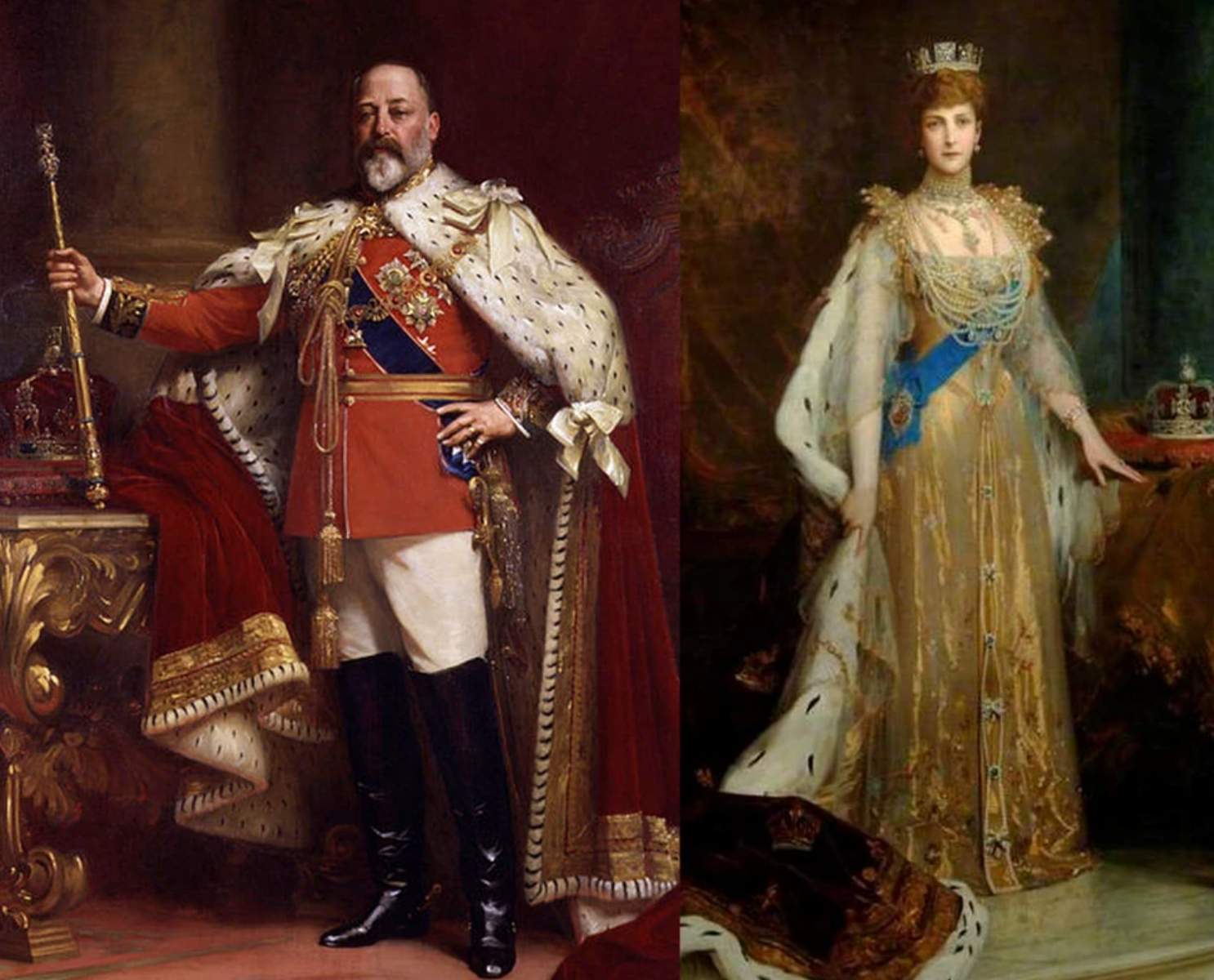
Coronation of Edward VII and Queen Alexandra, 1902
Edward VII’s service was overseen by the elderly Archbishop of Canterbury, Frederick Temple, who refused to delegate his duties so in addition to a crown malfunction - he placed it on the King’s head back to front - the archbishop was unable to rise after kneeling to pay homage. As he was helped up by several bishops, one asked in a whisper how he felt. Temple shot back, "Go away!" loud enough for the congregation to hear. Alexandra, meanwhile, wanted her forehead rather than her wig anointed with holy oil. The Archbishop, hands trembling, did as instructed - even managing to drip a trickle of oil down to anoint the royal nose.

King George VI's Coronation Day, 1937
There were several mishaps at the 1937 coronation of King George VI (fans of The Crown may recall him portrayed by Colin Firth in The King’s Speech). The day began at 3 am, with the testing of the loudspeakers. “One of them might have been in our room,” the King noted later. During the ceremony, the Dean of Westminster fell down the steps while carrying St. Edward's Crown, the so-called ‘diadem’ (a jeweled crown worn by the Monarch during the ceremony). There was another cringeworthy moment when a bishop trod on the King's exceptionally long train. As King George recalled, “I had to tell him to get off it pretty sharply as I nearly fell down.”
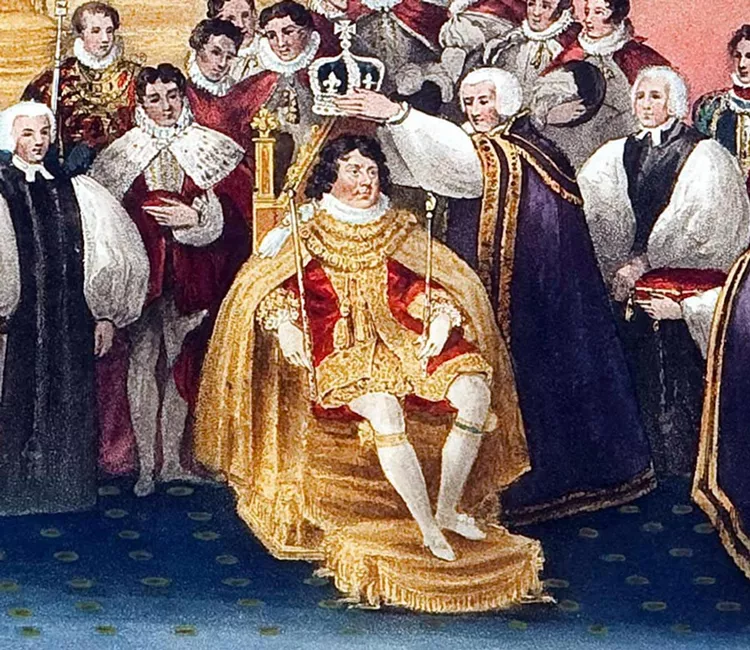
Coronation of George IV, 1821
You know the ceremony is dragging when the congregation breaks to eat midway through. George IV was one of Britain’s most extravagant Kings and his Coronation was a spectacle that cost a staggering $285,000 at the time - a King’s ransom. His new crown contained more than 12,000 diamonds. Some 19 handkerchiefs were needed to wipe the obese King’s brow as he sweated in his velvet coronation robes. His wife, Caroline Brunswick, was banned from the ceremony and desperately tried to get around the guards so she could be crowned Queen Consort. (She gave up after trying every door.) As the Coronation showed no signs of ending, some guests decided it was an opportune time for a meal. The festivities finally ended the following day with a music festival.

James II’s Coronation, 1685
For centuries, the King’s Champion would ride in full armor and throw down his gauntlet three times on behalf of the Monarch but at the coronation of James II in 1685, the Champion reportedly threw down his gauntlet with such enthusiasm his body fell to the floor. As he lay on his back in heavy armor - struggling like a beetle having difficulty getting up - the King burst out laughing.

King Edward I and the Stone of Destiny
In 1296, King Edward I of England seized the Stone of Destiny from the Scots - a sacred object and symbol of Scotland’s monarchy. It seems Edward had it built into a new throne at Westminster after his Coronation so the royal bottom could ‘sit on the Scots’. From then on, the Stone of Destiny was used in the Coronation ceremonies of the monarchs of England and then Great Britain. In 1996, however, the stone was officially returned to Edinburgh Castle, Scotland where it is displayed in the Crown Room, visited by millions each year. The stone now only leaves Scotland for a Coronation in Westminster Abbey.

